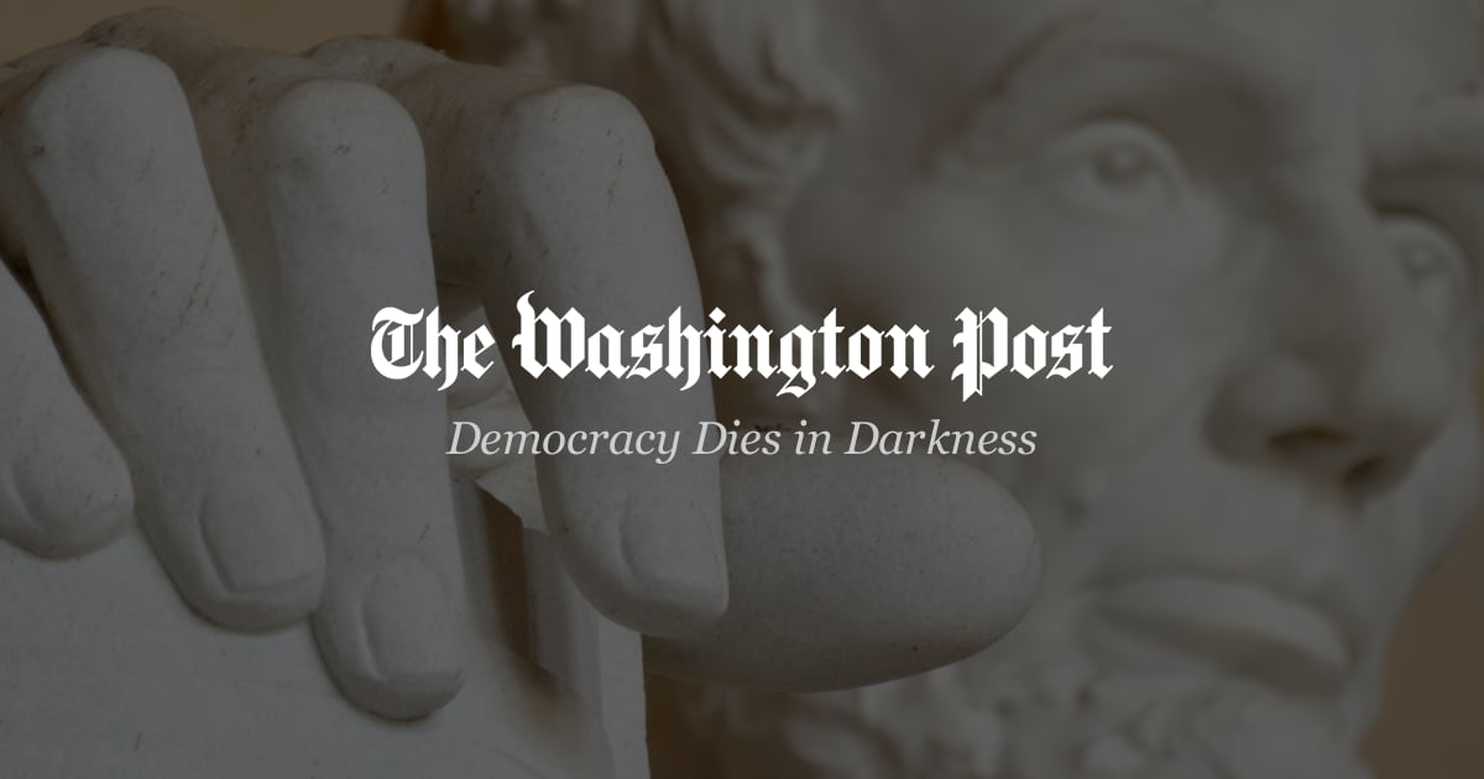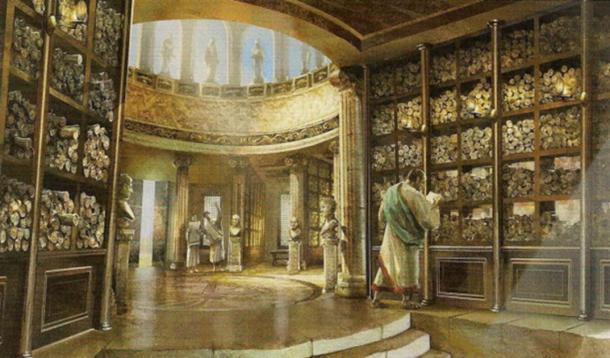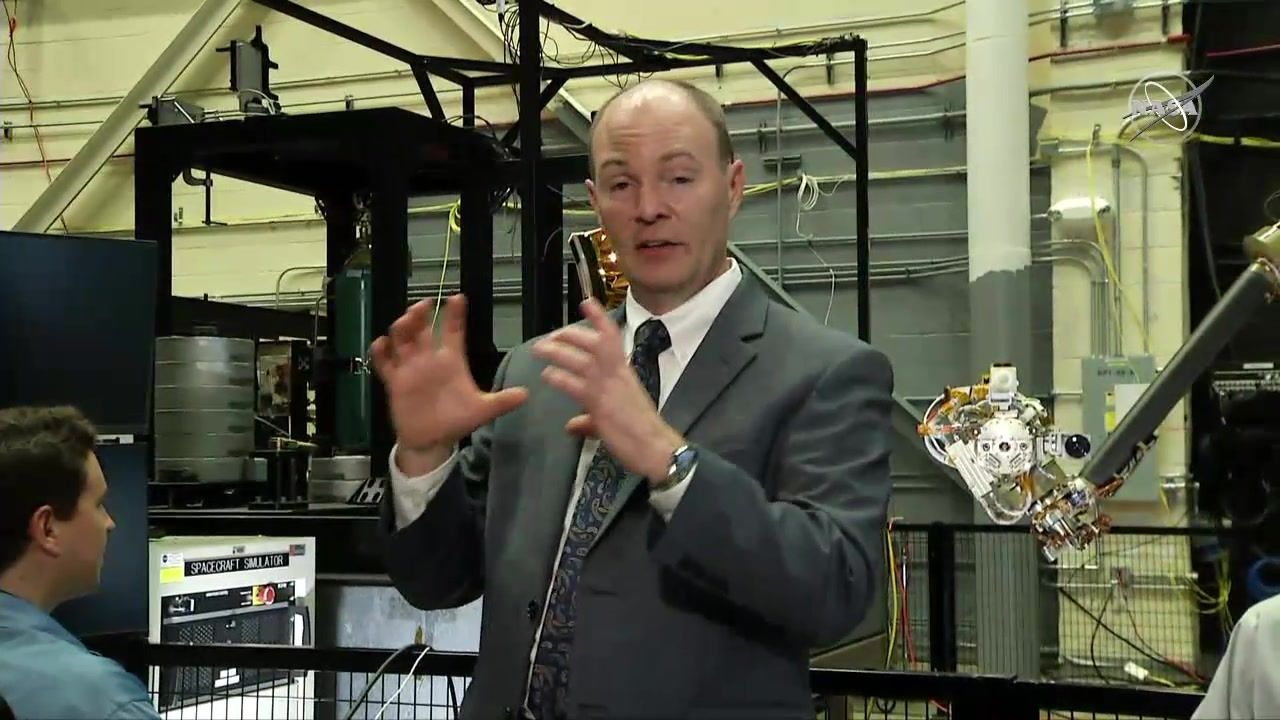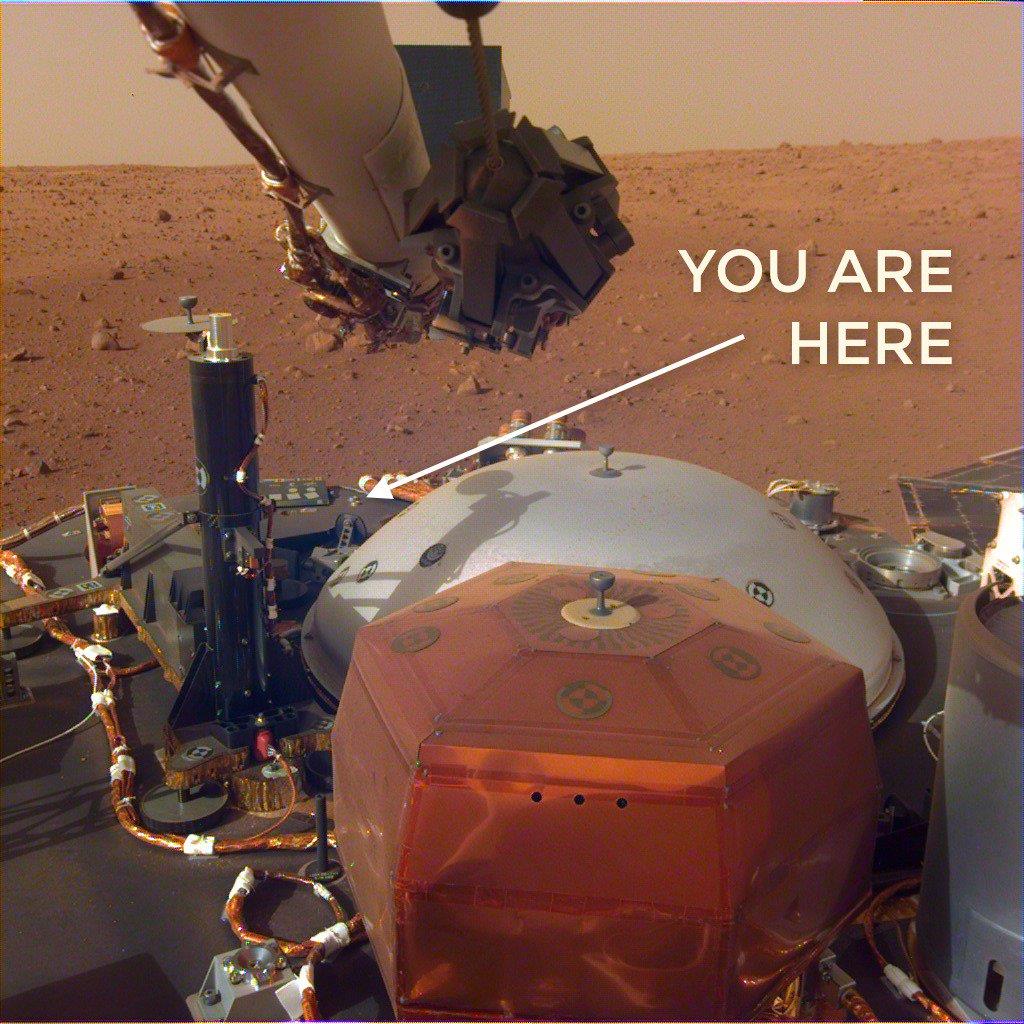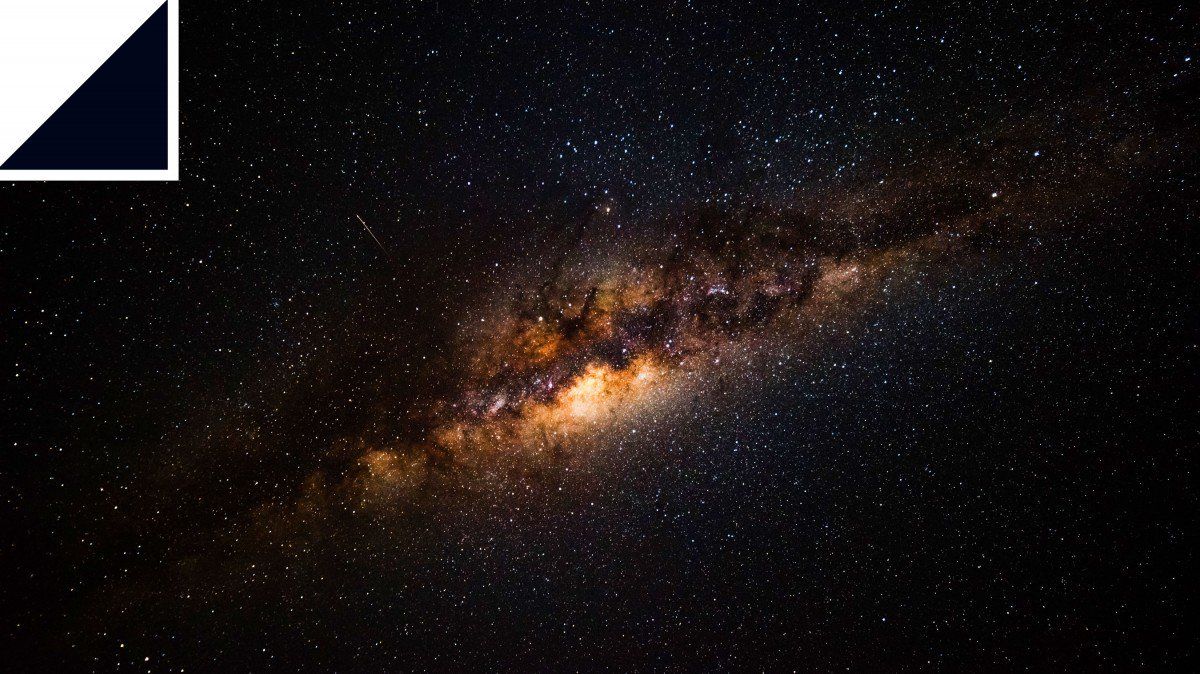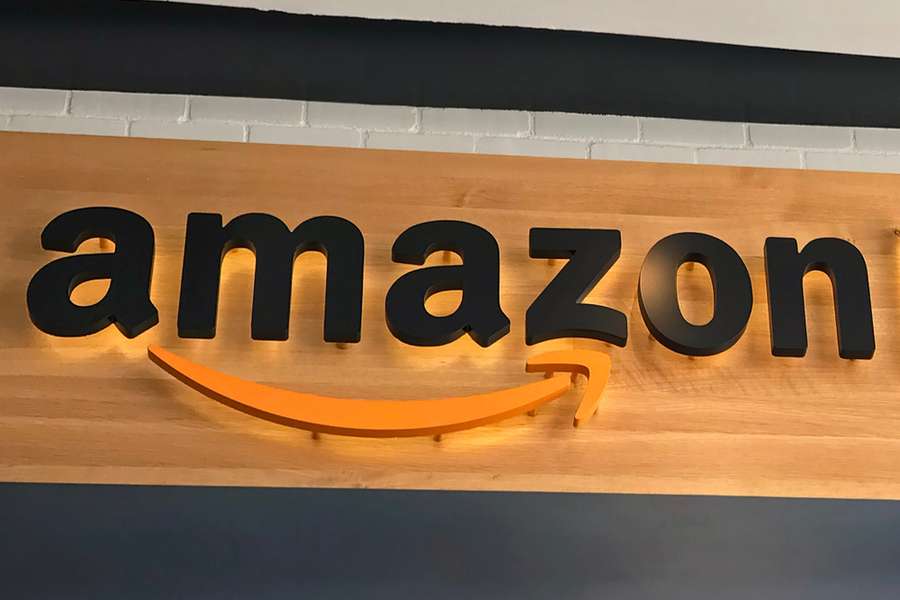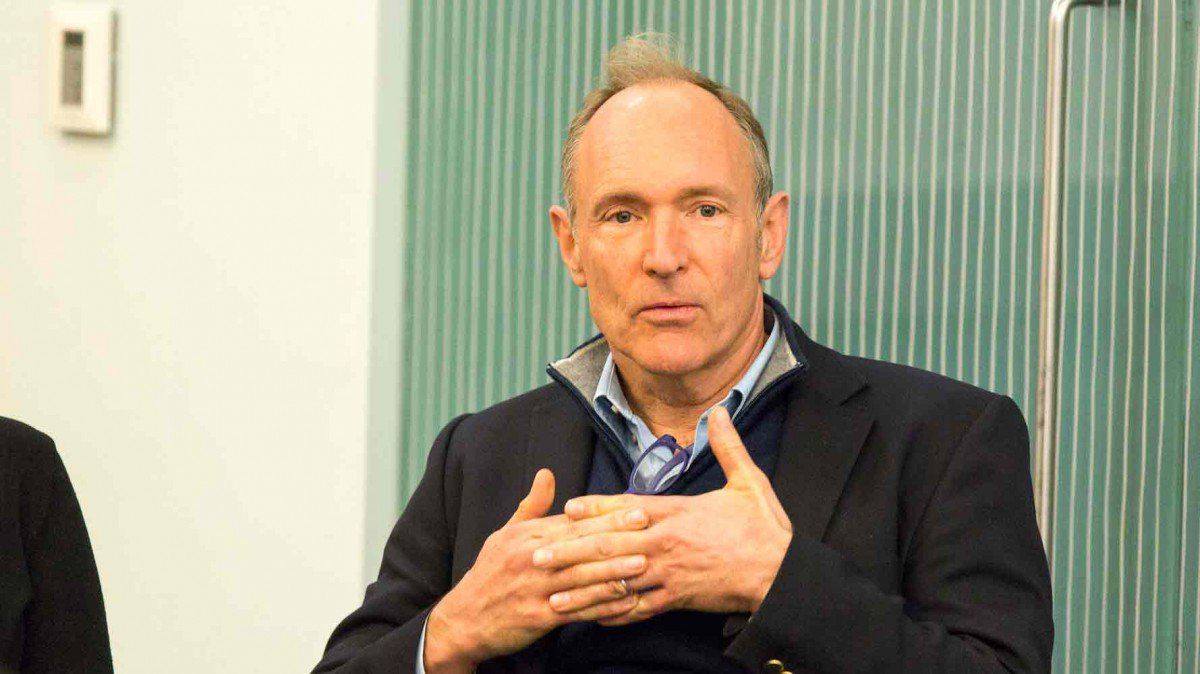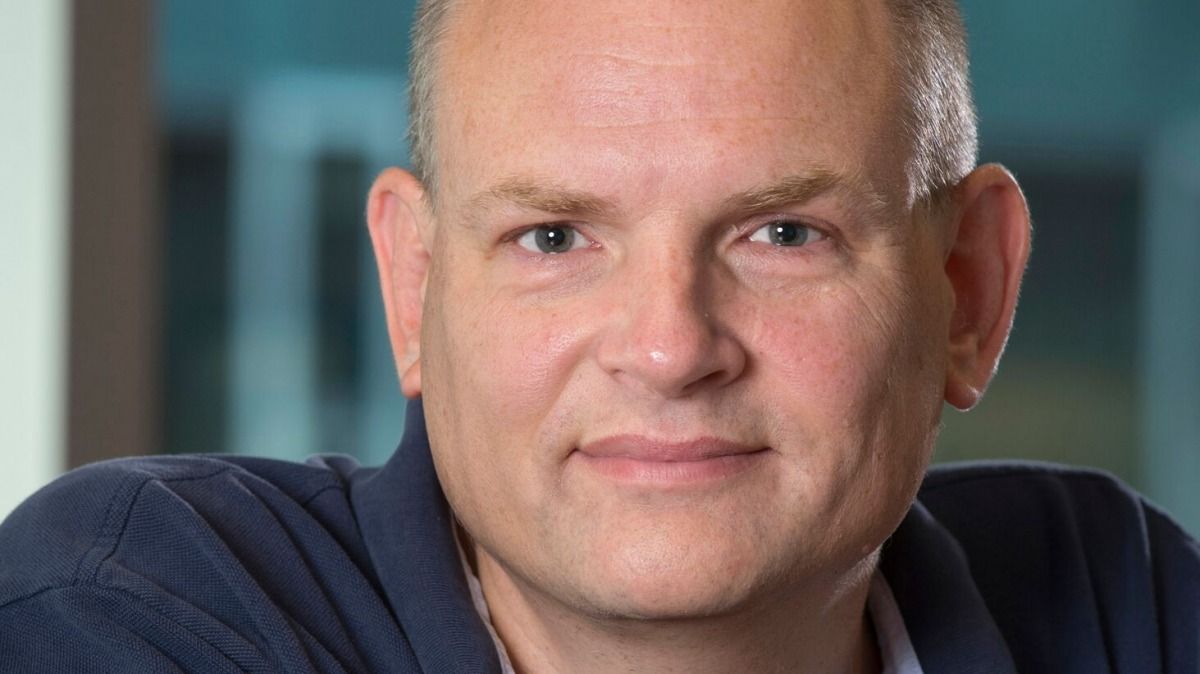
Under Space Policy Directive-1, NASA has been charged with leading a “sustainable exploration of the Moon together with commercial and international partners.”
In response to this bold directive, NASA is working with U.S. and international partners to lead the development of the first permanent human spaceship in orbit around the Moon, known as the Gateway. The Gateway will be a part-time home and office for astronauts farther in space than humans have ever been before.
The Gateway will be important to building a permanent human presence on the Moon. Astronauts will visit at least once per year, living and working aboard the spaceship in deep space for up to three months at a time. NASA is looking at options for astronauts to shuttle between the Gateway and the lunar surface, to explore new locations across the Moon. Even before our first trip to Mars, astronauts will use the Gateway to train for life far away from Earth, and we will use it to practice moving a spaceship in different orbits in deep space.
Just like an airport, spacecraft bound for the surface of the Moon or Mars can use the Gateway to refuel or replace parts. The Gateway’s core functions include power and propulsion, communications, habitation, logistics resupply, robotics, and an airlocks for science and spacewalks.
By partnering with U.S. companies and international partners to design and build the Gateway, NASA will ensure this groundbreaking lunar laboratory is available to multiple users, providing more access to the Moon than ever before.
You can learn more about the Gateway with this quick Q&A: https://www.nasa.gov/feature/questions-nasas-new-spaceship
The goal of this challenge is to develop a graphic to represent the Gateway. The product should graphically convey the key theme of space exploration and what the Gateway represents. The graphic will be used in multiple ways internally at NASA, but will have limited external/public use, if any. A small version of the graphic may be used in the top corner of documents, a larger version could be used on the title page of internal presentation materials, or the graphic may be used on other products developed by the NASA Gateway team.
Graphic Requirements
- Both a color version and black/white version are required.
- Source File Requirements: All original vector source files of the submitted design. Files should be created in Adobe Illustrator or Inkscape and saved as layered AI or EPS files. Note that PSDs saved as EPS files are not true vector / scalable files and will not be accepted.
- All fonts (and operating systems) must be listed in a text file within your Submission Zip file. Include the name of the font and a link to where it can be downloaded/purchased. DO NOT include any font files in your submission or source files.
- All text in the graphic should be converted to outlines.
- Submission should also include 1024 x1024 version of the graphic in jpeg or png (on both a black background and a white background). The NASA insignia or other NASA logos cannot be used as any part of the submission.
Other Preferences
- Color pallet is open, but limited to 6 colors.
- Please avoid gradients or other special effects as they are difficult to reproduce across all media.
Stock Photography Requirements
- Stock photography is not allowed in this contest. All submitted elements must be designed solely by you.
Judging Criteria
- Requirements: Does your submission meet the requirements as stated within the challenge?
- Quality: Does your submission look fresh, professional, and clean?
- Concept: Does your submission represent what the Gateway stands for?
Please note that NASA employees/contractors are not eligible for competing in this contest.
Supported Submission File Types
Join the Contest
https://www.freelancer.com/contest/NASA-Contest-Design-the-G…51793.html
